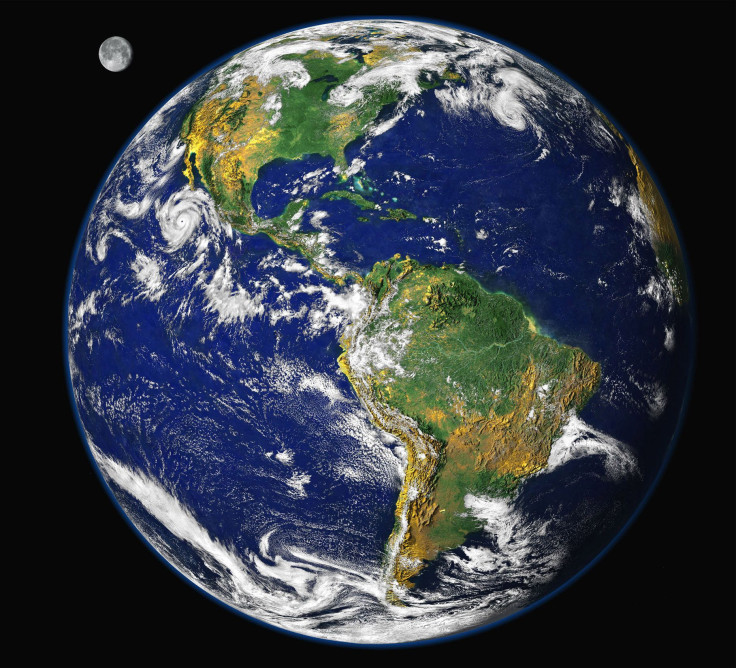Scientists to enter Earth’s mantle for the first time

Scientists are about to drill a hole into the Indian Ocean floor this week to try to explore the deep interior of the Earth for the first time. The project aims to get sample rocks from the planet's mantle and investigate on the current assumptions about the materials forming the crust.
The project has been approved, and the researchers already have funding for their initial two-month investigation. However, it would probably take years and later than 2020s for them to complete the task, according to co-team leader Chris MacLeod, a professor from the Cardiff University. "In total, we think it will take three expeditions,” he told the BBC News.
Other scientists have already tried to drill into the mantle, but none succeeded. However, the current project has a higher potential of success, as the crust at the target drill site has grown thinner due to faulting and erosion.
The site is known as the Atlantis Bank on the South West Indian Ridge of the Indian Ocean. The project, sponsored by the International Ocean Discovery Programme (IODP), is expected to give scientists access to unaltered peridotite, a rock rich in olivine minerals that make up the majority material of the Earth’s interior.
Researchers also aim to examine current models to determine how the crust is constructed and constituted. MacLeod said that they would investigate the so-called Moho boundary, the famous "discontinuity" where seismic waves from earthquakes rapidly change speed.
The Moho ties the line between the crust and the mantle. MacLeod argues that the discontinuity could determine in places the depth to which water has managed to penetrate into the peridotites to produce a different type of rock known as serpentinite.
Drilling into the mantle could significantly help experts obtain samples and verify their ideas. If proven correct, the description of Moho would affect the understanding of how the planet was formed, the BBC reports.
It would also indicate if the igneous ocean crust is far more variable in thickness and in structure than what is currently recognised.
"The Moho is pretty uniform everywhere across the ocean basins, and because of that everyone has assumed that the ocean crust is very uniform and therefore, by inference, very simple," MacLeod said. "But if we're right here, it changes the game completely. If the Moho seismic boundary is actually an alteration boundary from water penetration into the mantle, it means we know a lot less about the ocean crust than we did."
In addition, the potential discovery could also add to the knowledge about life on Earth.
Seawater may have leaked several kilometres deep at Atlantis Bank, causing chemical reactions and turning the rock into serpentinite, according to Nature. These chemical reactions can generate methane, a gas that sub-sea-floor microbes often take for energy.
The researchers are planning to check the rock cores for microorganisms, said Virginia Edgcomb, a microbiologist at Woods Hole, who is part of the project. "If there's far more serpentinite down there, goodness knows how much of it has microbes in it," MacLeod said.
Contact the writer at feedback@ibtimes.com.au or tell us what you think below.




















